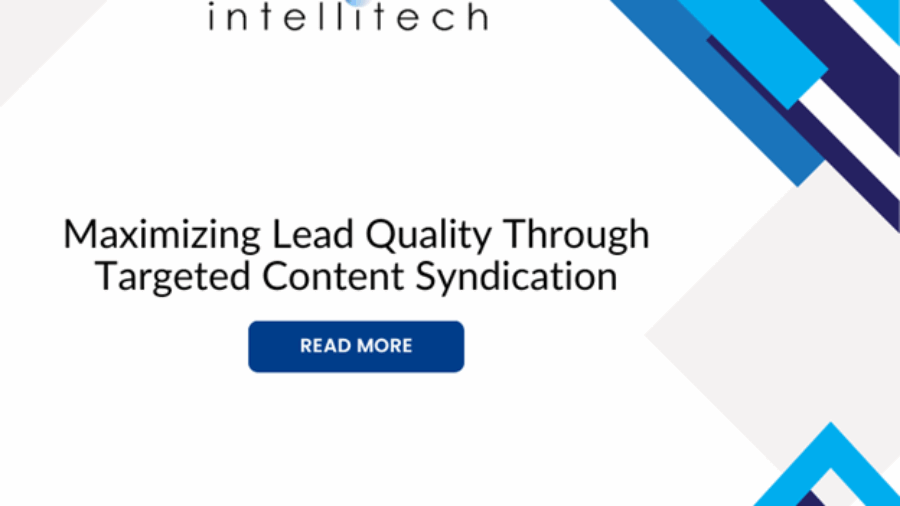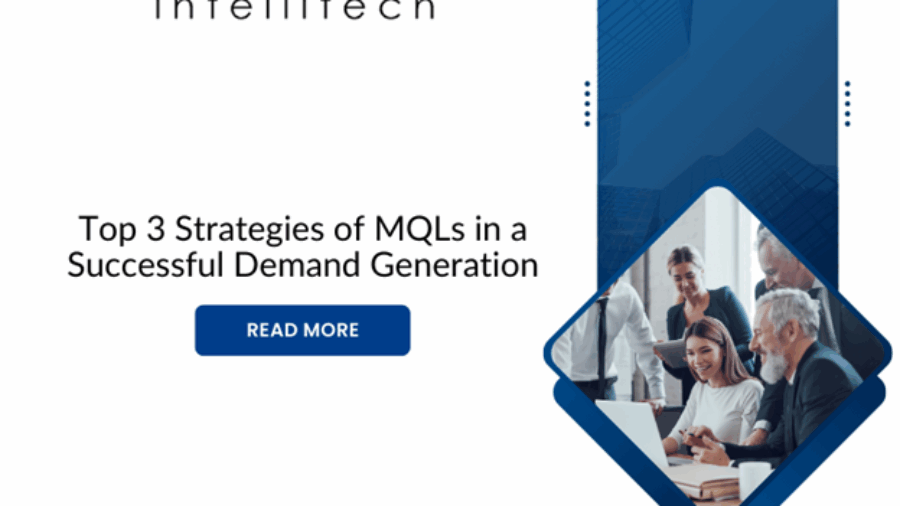In today’s B2B marketing landscape, personalization has moved from being a “nice-to-have” to an essential component of successful lead nurturing strategies. This is particularly true when it comes to Marketing Qualified Leads (MQLs)—prospects who have shown initial interest but are not yet ready for a sales conversation. To guide MQLs through the funnel and convert them into sales opportunities, marketers must deliver experiences that feel relevant, timely, and tailored to each individual. Personalization plays a pivotal role in this journey, significantly increasing engagement, trust, and the likelihood of conversion.
Higher Email Engagement Through Personalized Content
One of the most immediate benefits of personalization is improved email performance. Personalized subject lines, content based on previous downloads or web behavior, and tailored CTAs consistently outperform generic messages. When MQLs receive emails that speak directly to their role, industry, or specific pain points, they’re more likely to open, click, and engage.
Improved Lead Nurturing with Dynamic Workflows
Personalization enables marketers to build dynamic nurturing workflows that adapt to each MQL’s behavior and interests. This approach ensures that each interaction adds value and relevance, increasing the chances of progressing the lead further down the funnel. Tailored nurturing not only boosts engagement but also shortens the sales cycle by moving leads to readiness faster.
Stronger Sales and Marketing Alignment
When personalization is driven by data, it bridges the gap between marketing and sales. MQLs enriched with detailed behavioral insights and personalized scoring allow sales teams to prioritize leads that are not only qualified but also better understood. Personalized marketing interactions provide context for sales conversations, leading to more productive follow-ups and better close rates.
Conclusion
The impact of personalization on MQL engagement is undeniable. By delivering relevant, contextual, and value-driven experiences, marketers can turn initial interest into meaningful relationships and ultimately, conversions. Personalization enhances every touchpoint—from emails to landing pages to sales handoffs—ensuring that MQLs feel understood and valued.




